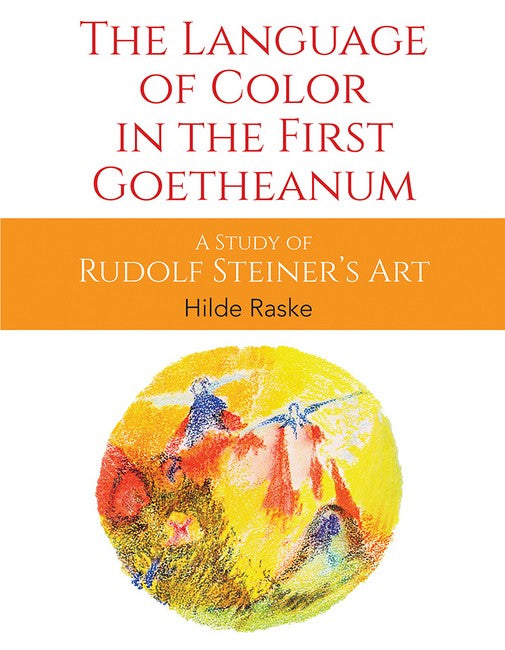The Language of Color in the First Goetheanum
The Language of Color in the First Goetheanum
SKU:9781855846609
Share
Rudolf Steiner’s architectural masterpiece, the double-domed building known as the first Goetheanum, featured decorated ceilings that were designed and partly painted by Steiner himself, utilizing vegetable colors and a new layering technique. Steiner emphasized that he was seeking a new artistic conception based on a conscious understanding of the nature of color. Contemporaries report the extraordinary effect of the domed ceilings’ paintings combined with the multicolored light emanating from the engraved glass windows. The cupolas depicted the creation and ages of the world, the initiators of the various cultural epochs and the figure of Christ.Tragically, the ‘complete work of art’ that was the first Goetheanum burned down on New Year’s Eve 1922 – so today we can only get an impression of the lost paintings and windows from Rudolf Steiner’s pastel sketches and drawings and a handful of photographs. In this lavish volume, the result of decades of research and study, Hilde Raske provides a detailed examination of the artistic work on the two cupolas, including Rudolf Steiner’s draft sketches and his written and verbal statements. Featuring 30 color and more than 100 black-and-white illustrations, this printing is a high-quality facsimile of the long out-of-print original edition from 1983.
About the Author
About the Author
HILDE RASKE, an artist and eurythmist, worked and experimented for many years to understand Rudolf Steiner’s art and use of color. Raske grew so familiar with his unique works that she could vividly and clearly describe every detail. She referred to Steiner’s artworks as ‘events’ in color and light-and-dark, with living colors that ‘spoke’ to her. It is said that, in the course of the many years preparing the manuscript for The Language of Color in the First Goetheanum, she would remark: ‘I can hear my paintings. And if I don’t hear them, then they’re just not quite right yet.’
Couldn't load pickup availability


